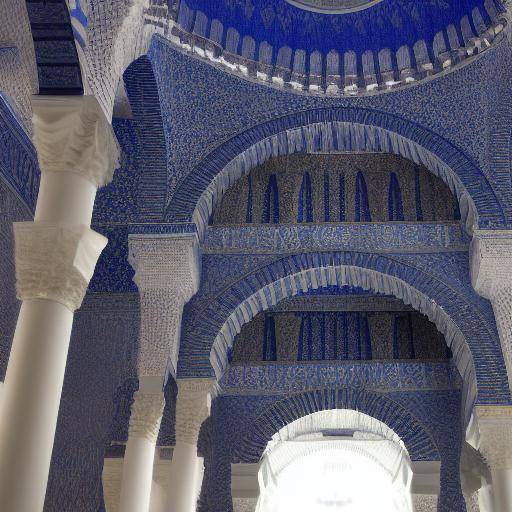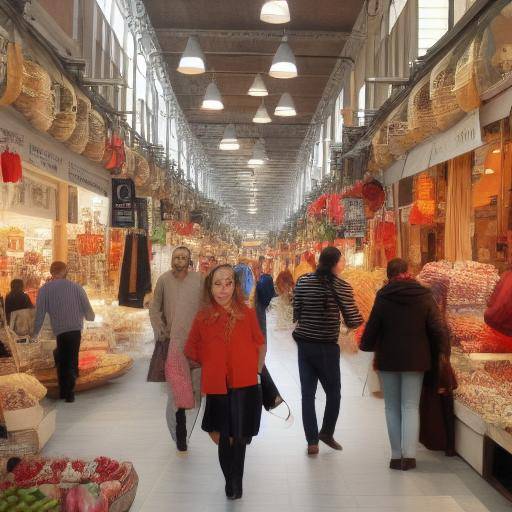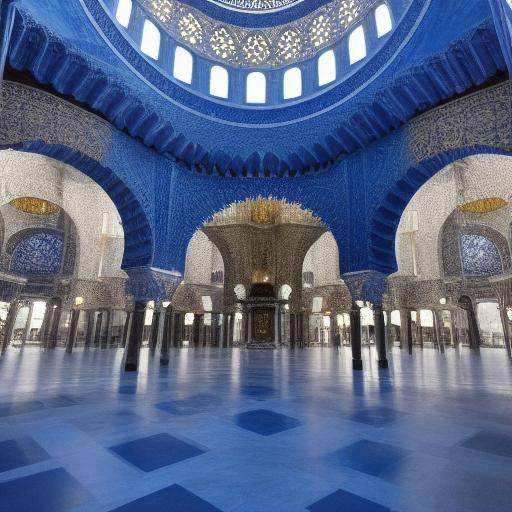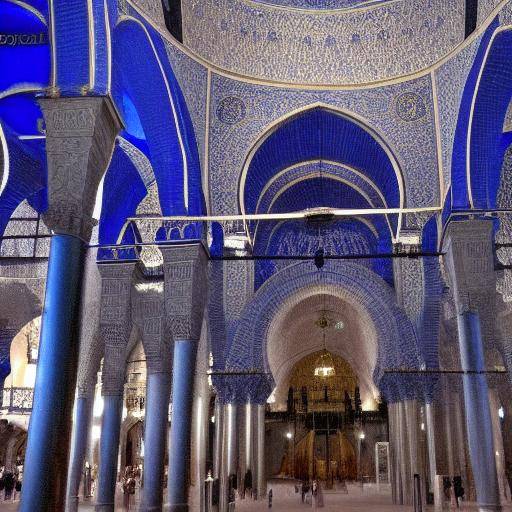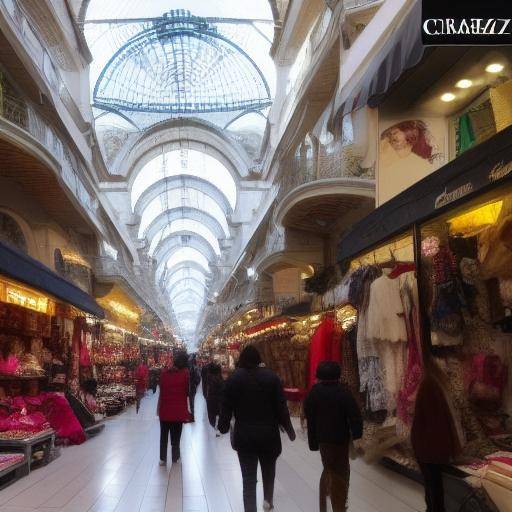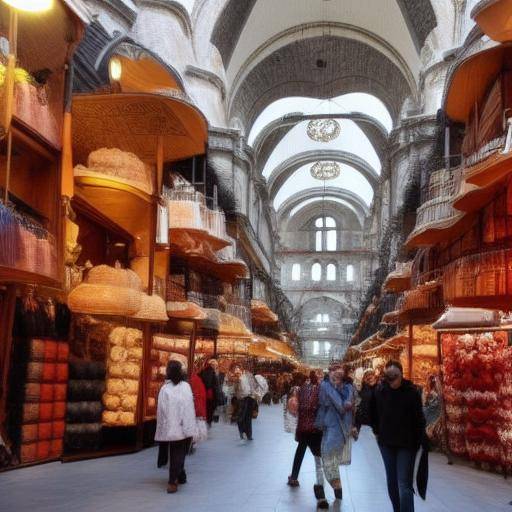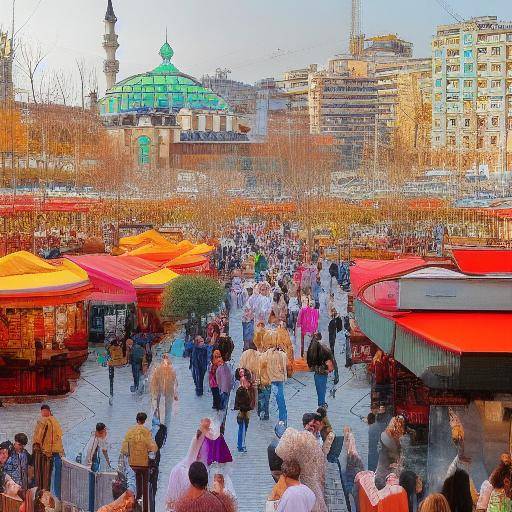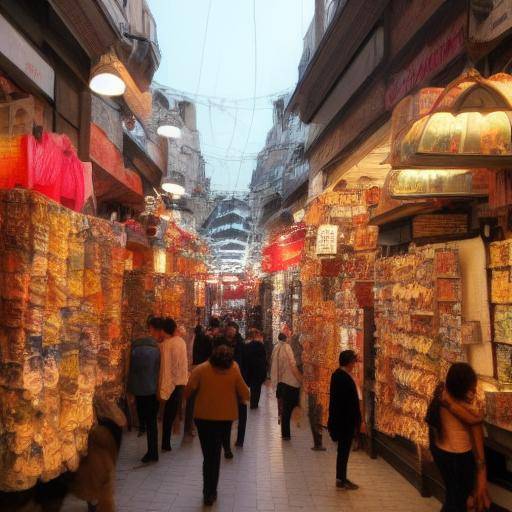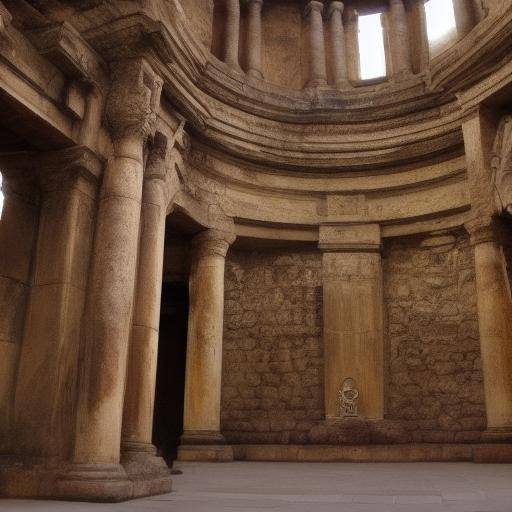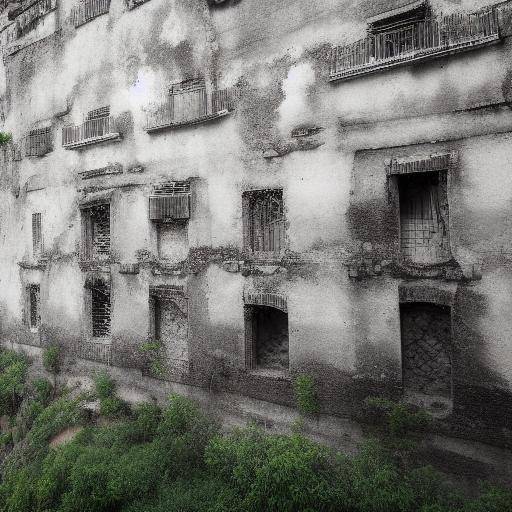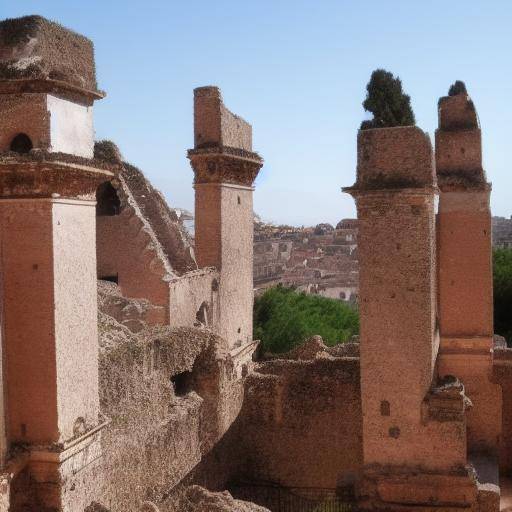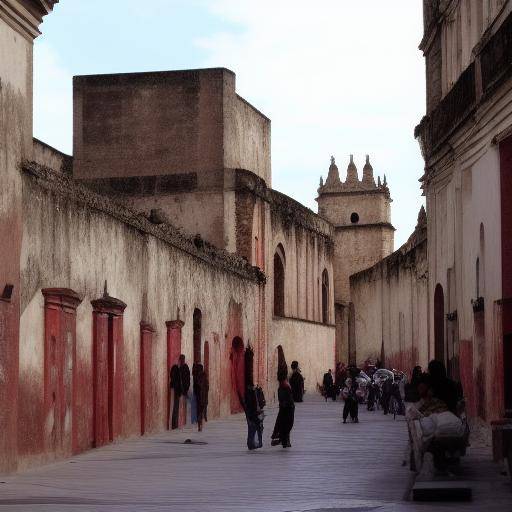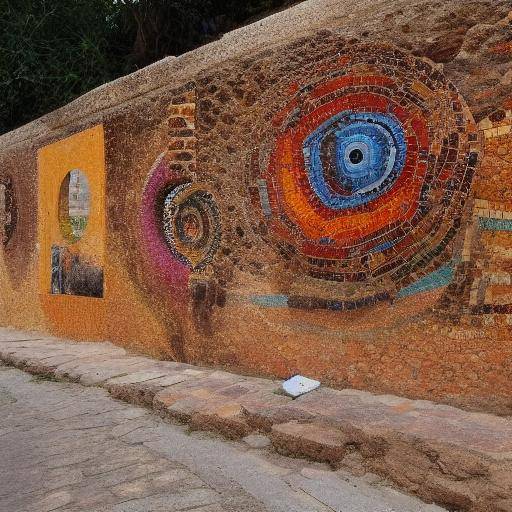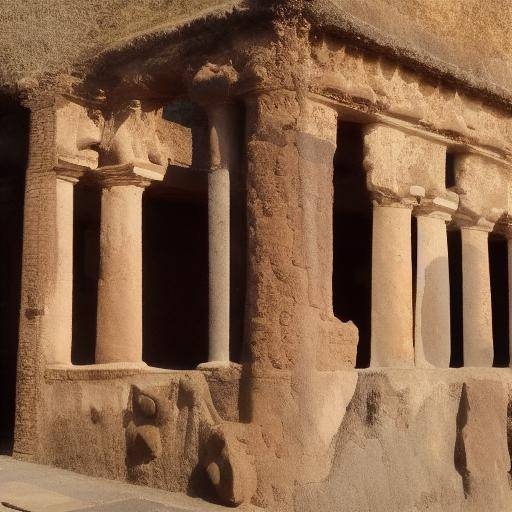
Istanbul, the magical city that connects Asia and Europe through the Bosphorus Strait, houses one of the most impressive architectural treasures in the world: the Blue Mosque. Known for its impressive central dome and magnificent tile mosaics, this temple is a vivid example of Turkey's historical and cultural legacy. In this article, we will explore the rich history and treasures found in the Blue Mosque, as well as its impact on the vibrant city of Istanbul and throughout the country.
Introduction: The Unmatched Beauty of the Blue Mosque
When visiting the Blue Mosque, visitors are immediately captivated by their majesty. Designed in the 17th century during the reign of Sultan Ahmed I, this architectural wonder is known for its impressive interior decoration composed of thousands of ceramic tiles, which bathe the temple in a characteristic blue glow. Its strategic location in front of the famous Basilica of Santa Sofia and its imposing size make it a must stop for any traveller to explore Istanbul.
History and Background: The Blue Mosque as Symbol of Tradition and Elegance
The construction of the Blue Mosque was a monumental work that symbolized the power and ambition of the Ottoman Empire. Known locally as Sultanahmet Camii, the temple was erected in a period of cultural and economic splendour during the reign of Ahmed I. Its architecture reflects an ideal combination between Islamic tradition and Ottoman elegance, making it a symbol of the richness and splendor of the empire.
Over the centuries, the Blue Mosque has resisted natural disasters and war conflicts, being a silent witness to the evolution of Istanbul and Turkey. His great presence has left an indelible mark in the history of the country, being an icon of his cultural heritage.
Detailed Analysis: The Blue Mosque in the News
The Blue Mosque is not only a historical monument, it is also an important centre of worship and spirituality for the local community. Every day, hundreds of faithful come to this sacred enclosure to pay tribute to their religious legacy, a practice that has endured for generations. In addition, the mosque is a magnet for visitors from around the world, who are marveled by its architectural splendour and its deep connection to Ottoman history.
Comprehensive Review: Cultural and Tourist Impact of the Blue Mosque
The Blue Mosque is the epicenter of a rich network of historical and cultural heritage in Istanbul. Its influence extends throughout the city, attracting thousands of tourists and pilgrims every year. Tourism related to the Blue Mosque fuels the local economy and promotes intercultural understanding between different societies, thus consolidating its role as an invaluable asset for the city and the country as a whole.
Conclusions and FAQs
In short, the Blue Mosque is much more than an ancient building: it is a living testament to the historic and cultural grandeur of Turkey. Its timeless beauty, its religious significance and its impact on modern society make it an indispensable destination for anyone interested in exploring the rich heritage of Istanbul and Turkey.
FAQs
1. What is the schedule for the Blue Mosque?
The schedule of visit to the Blue Mosque varies according to the season, but is usually open for tourists during the morning and afternoon, with brief interruptions during the deoration hours. It is important to consult the schedule beforehand to avoid disappointments.
2. What is the cultural importance of the Blue Mosque for the local population?
The Blue Mosque is a place of great cultural and spiritual importance for the local population. In addition to being a place of worship, it is a symbol of historical heritage and national pride for the inhabitants of Istanbul and Turkey in general.
3. What precautions should I take when visiting the Blue Mosque?
When visiting the Blue Mosque, it is crucial to dress respectfully, covering shoulders and legs, and women should wear tissue to cover their heads. In addition, respectful and appropriate behaviour should be maintained during the visit.
4. Are photographs allowed inside the Blue Mosque?
Yes, photographs are allowed, but it is important to be respectful of the faithful who are praying. In addition, it is essential to avoid the use of flash.
5. What is the best time to visit the Blue Mosque?
Spring and autumn are usually the ideal times to visit the Blue Mosque, as the weather is more temperate and the influx of tourists is lower.
6. Is there a ticket fee to visit the Blue Mosque?
No, the entrance to the Blue Mosque is free, but voluntary donations are accepted for maintenance and conservation.
With these detailed answers to frequent questions and extensive coverage of the rich history and treasures of the Blue Mosque, this article serves as a complete guide for anyone interested in exploring this iconic monument and its impact on Istanbul and Turkey. Considering the cultural wealth and the vast historical heritage of the Blue Mosque, its importance transcends borders and represents an invaluable legacy for humanity.


